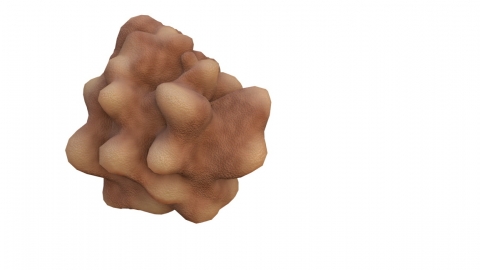What are the differences between bile duct stones and tumors?
In general, bile duct stones and tumors differ significantly in nature, clinical presentation, imaging features, laboratory findings, treatment principles, and prognosis. The specific analysis is as follows:
1. Nature
Bile duct stones are solid crystalline deposits formed by components of bile within the bile ducts, mostly benign lesions primarily composed of cholesterol or bilirubin. Bile duct tumors, on the other hand, are neoplasms resulting from abnormal proliferation of biliary epithelial or mesenchymal cells, which can be either benign or malignant. Malignant tumors exhibit infiltrative growth and metastatic potential.

2. Clinical Presentation
Bile duct stones typically present with intermittent episodes, classically manifesting as right upper quadrant colicky pain, chills, fever, and jaundice; symptoms often subside once inflammation is controlled. In contrast, bile duct tumors usually progress gradually. Early symptoms are subtle, while later stages feature persistent jaundice, weight loss, fatigue, and dull or distending pain without distinct remission periods.
3. Imaging Features
On ultrasound, bile duct stones appear as hyperechoic masses within the ducts with posterior acoustic shadowing that may change position with body movement. Bile duct tumors present as soft tissue masses within the duct, showing hypoechoic or isoechoic signals without posterior shadowing and remain fixed in position. Enhanced CT or MRI reveals tumor enhancement, often accompanied by bile duct wall thickening and irregular narrowing of the lumen.
4. Laboratory Findings
During acute episodes of bile duct stones, complete blood count shows elevated white blood cells and neutrophils, while liver function tests reveal transient increases in bilirubin and alkaline phosphatase. In patients with bile duct tumors, blood counts are often normal, liver function shows persistent elevation of bilirubin, and tumor markers are frequently abnormally increased.
5. Treatment Principles and Prognosis
The management of bile duct stones focuses on relieving obstruction and controlling infection, achieved through endoscopic stone removal or surgical excision. The prognosis is generally favorable with low recurrence rates. For bile duct tumors, treatment strategies depend on whether the tumor is benign or malignant. Benign tumors have excellent outcomes after surgical resection, whereas malignant tumors require a comprehensive approach including surgery, chemotherapy, and radiotherapy, with an overall poorer prognosis.
Differentiating between bile duct stones and tumors requires a comprehensive evaluation integrating clinical presentation, imaging, and laboratory results. Although both conditions can cause biliary obstruction, they differ greatly in disease nature, progression patterns, and outcomes. Early and accurate differentiation is crucial for determining appropriate treatment and improving patient prognosis. Suspected cases should be promptly referred to a hepatobiliary specialty for further diagnosis and management.









